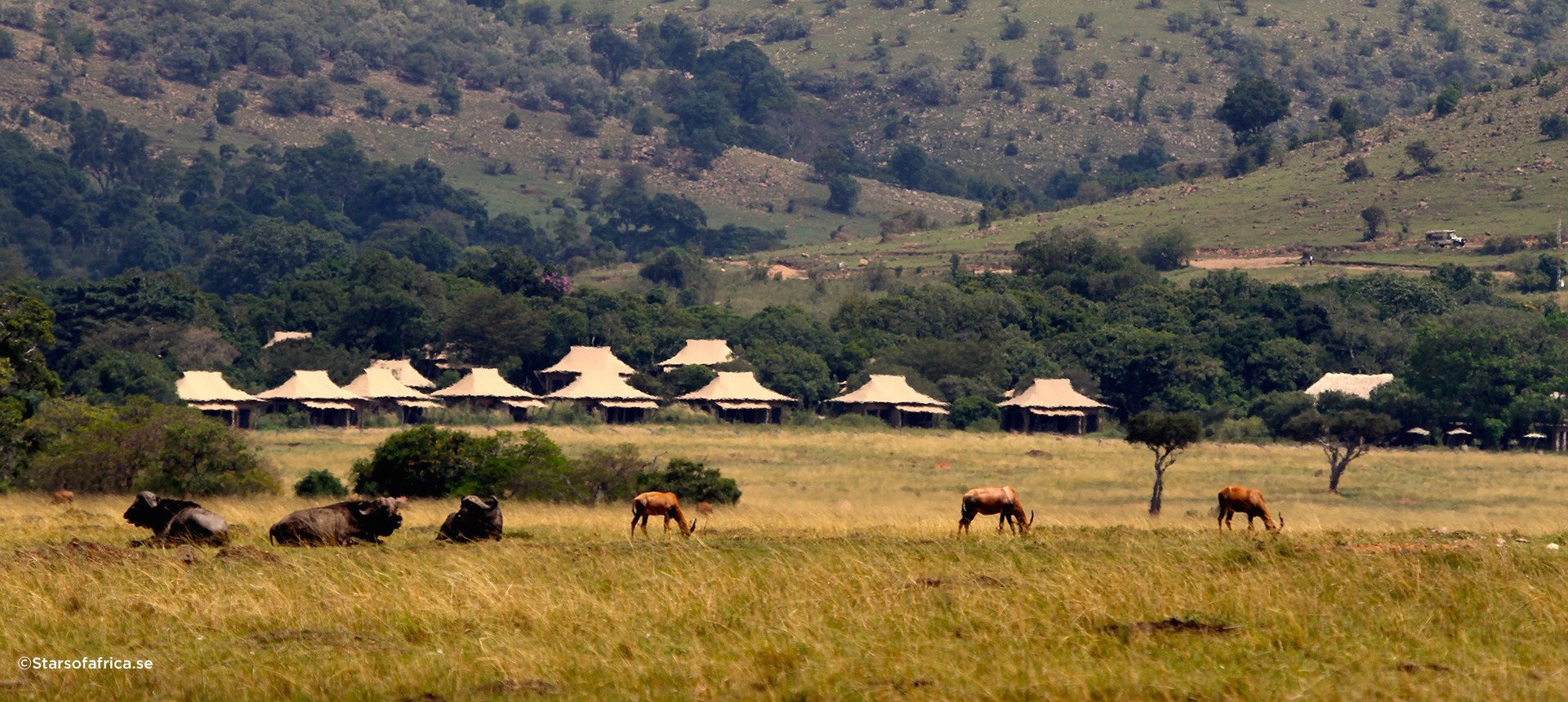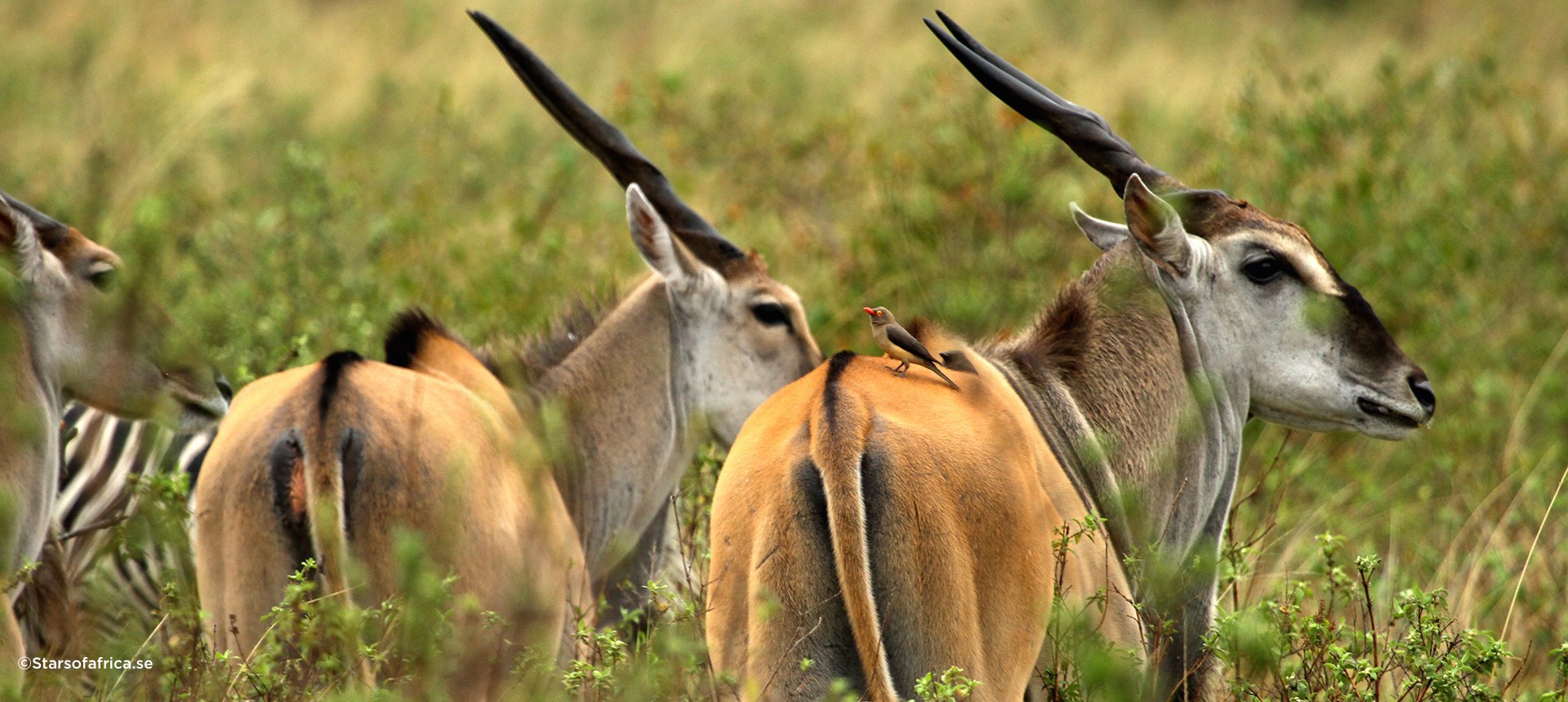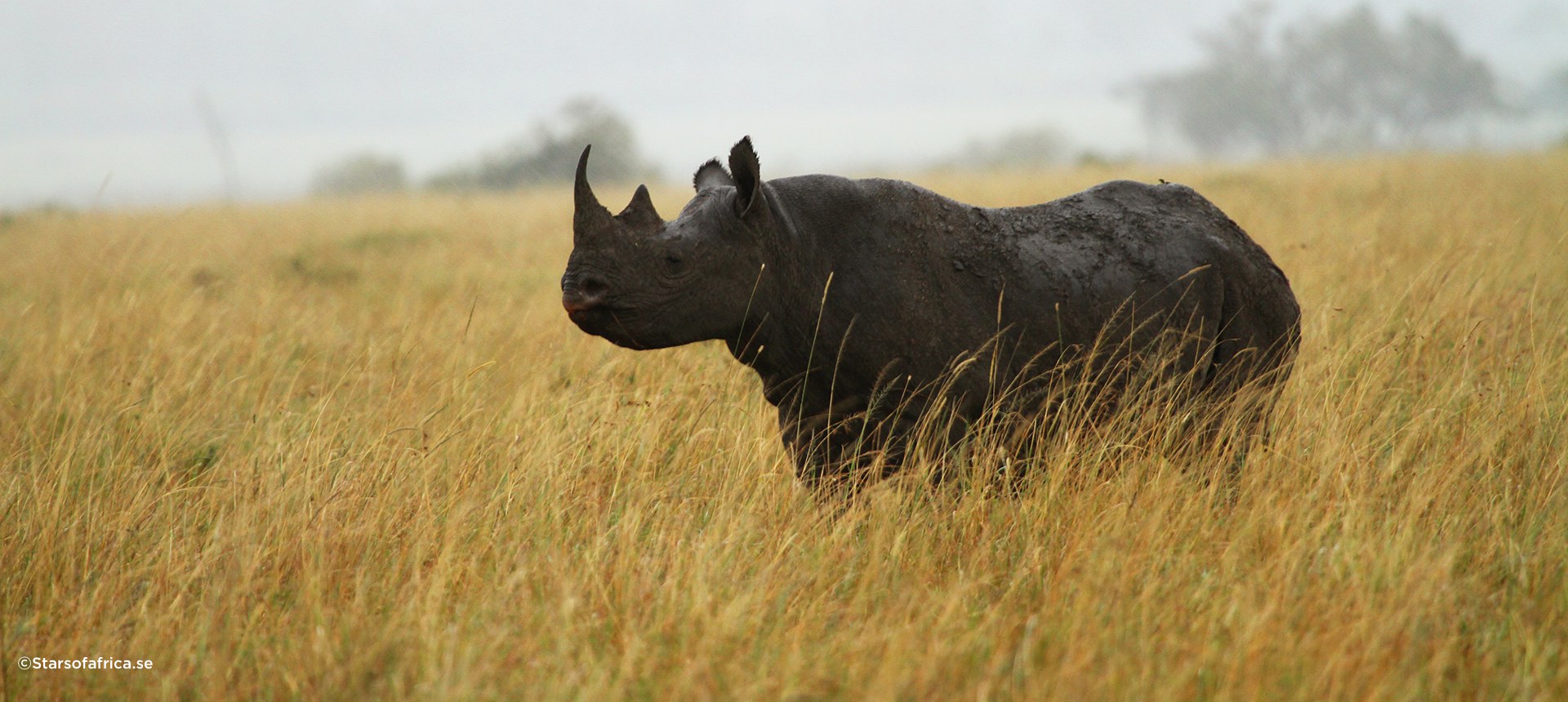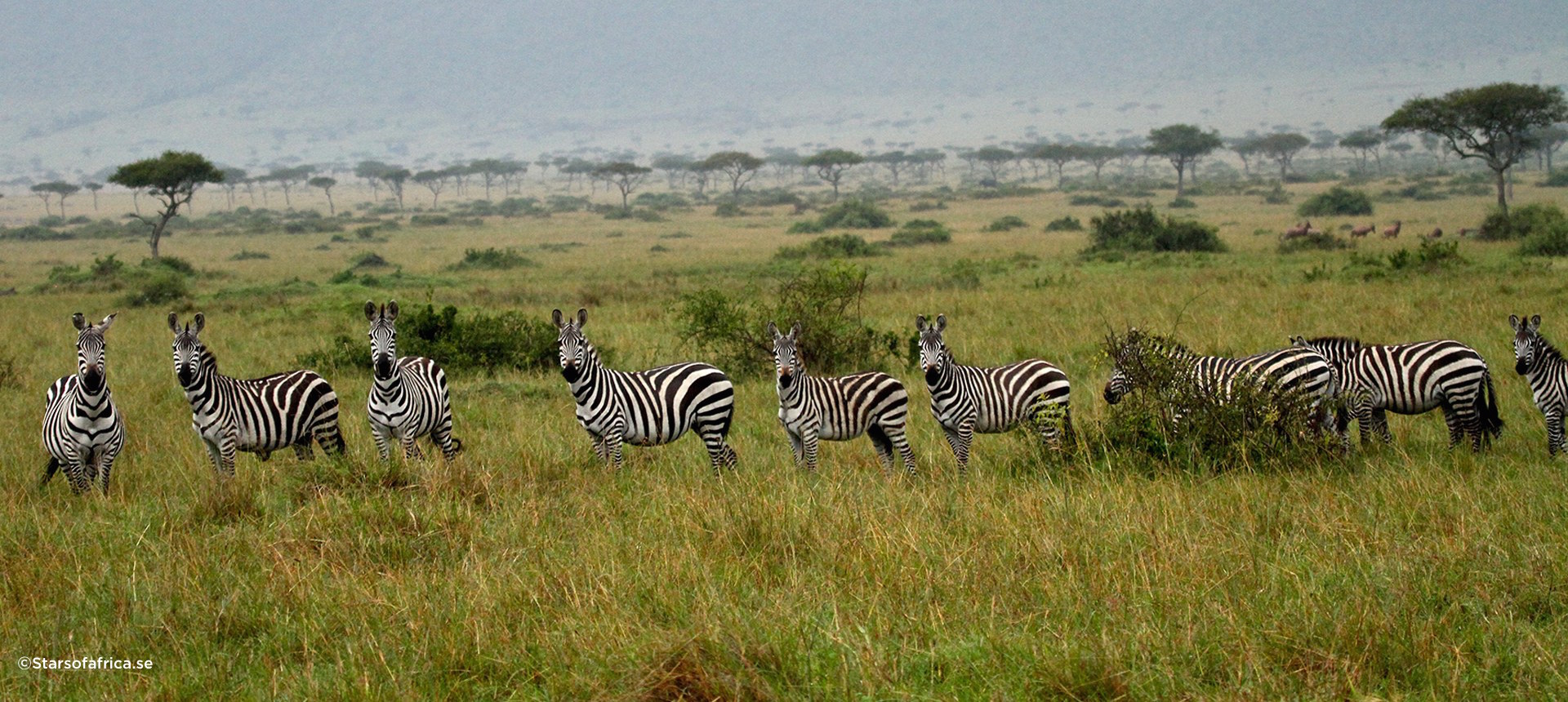KICHWA TEMBO TENTED CAMP
LEGENDARY KENYAN HOSPITALITY
Kichwa Tembo Tented Camp provides an authentic experience of African wildlife, delivered with legendary Kenyan hospitality, enhancing its signature elements of romance and nostalgia.
This camp is open year round.
ACCOMMODATIONS
Kichwa Tembo Camp consists of 28 brand new superior tents, and 12 standard tents, the new superior tents have classic safari interiors, simple yet contemporary and stylish, illuminated by soft lantern light open up onto majestic African landscapes. Spacious private verandas provide views of the open grasslands or the wooded riverbanks and the passing wildlife. Each tented suite has a comfortable built-in daybed where guests can relax and take in the spectacular scenery, as well as a large bathroom with double vanities and generous shower.
Dining
After the afternoon safari awaits a mouthwatering dinner of delicious Pan-African cuisine, served al fresco style under the Stars of Kenya.
CONSERVATION
Kichwa Tembo Camp seeks to maintain a low impact on the land while deriving high yield for conservation initiatives. This camp help support enormous tracts of bio-diverse land that remains untouched, working closely with the Mara Conservancy that is responsible for the sensitive utilization and habitat management of the region west of the Mara River known as the ’Mara Triangle’. Kichwa Tembo Camp provides logistical support for the valuable anti-poaching and animal rescue team set up by Anne K. Taylor.
ACTIVITIES
Day and night game drives and bush walks are standard available activities, with highly recommended hot air ballooning available nearby. Kichwa Tembo Camp is renowned for having highly trained, passionate and knowledgeable guides. With a passion for people and wildlife, the camp’s guides help ensure unbeatable interpretive safari experiences. The guides impart an incomparable wealth of knowledge, personally researched and experienced, about the habitats, flora and fauna of the Maasai Mara. Many of the guides belong to the surrounding communities and are willing to share cultural information as well. The Kichwa Tembo Concession is the only place where guests can experience night game drives in the Maasai Mara. As the sun sinks over the vast horizon, the African bush comes to life with predators and other nocturnal creatures, this is a time to observe fascinating species not normally encountered in daylight.
Hot air balloon safari
From a hot air balloon, guests can experience absolute stillness and silence as they float above the plains, the forest and the rivers of the Maasai Mara with ample opportunities for both photography and video captures. Taking off at sunrise over the vast plains before landing in the middle of the bush for a Champagne breakfast. Departure is from a perfect natural launch site, flames from the hot air balloon burners light the darkness as the crews inflate their craft. The first, pink tongues of sunlight flicker across the skies as the hot air balloon fills, then rises.
WILDLIFE
The Maasai Mara Nature Reserve is home to vast numbers of a variety of wildlife, as well as the World-renowned Great Migration. Lion and hyena, as well as the more elusive cheetah and leopard, mingle with the migrating masses, Vulture and jackal await the scrapes of the more powerful predators. The Mara River is also famed for its enormous crocodiles, which lay in wait for the wildebeest and zebra during the migration, when more than two million wildebeest, zebra, kongoni and topi move in search of prime grazing land. The small and compact Thomson’s gazelle follow the herds. The Mara is famous for its magnificent, black-maned lions. Up to six species of vulture are found in the Mara and one or more of them may often be seen on the sidelines of a lion kill. The rare black rhino are most frequently encountered in the Ngama Hills in the eastern Mara. The Mara hosts a large elephant population, which has had a significant impact on the reserve. Massive hippos can be spotted in the water during the day or feeding out on the plains at night. Buffalo, giraffe and serval are frequently encountered. The dense riverine forest around the Kichwa Tembo camps is home to two unusual monkey species – the blue monkey and the red tail monkey, with their striking facial patterns. The rare African wild dog can be seen on occasion.
PHOTOGRAPHY
A Kenya photographic safari is the quintessential safari. There is probably no other place in the world where one can see this amount of wildlife in one place – the sheer biomass is staggering year around. The photographic opportunities are exceptional with wide-open plains, the iconic Acacia trees and countless wildlife to photograph. Its hosts over 95 species of mammals and 570 recorded species of birds. Offering some of the best predator photographic opportunities in Africa, all three of Africa’s big cats are regularly seen here, and often with their cubs providing exceptional predator photography opportunities. The area is also famous for the Maasai people, a tribe well known for their distinctive customs and dress.
Birds are always a big part of the Mara experience, as well. The brilliance of lilac-breasted rollers and saddle-billed storks, the regal demeanor of the hawks and eagles, and the excitement of a squabbling throng of vultures on a carcass.
The rolling landscape, savannah woodlands and rich riparian habitats provide a dramatic background for photography. Not to forget, the sunrises and sunsets that the Mara is famous for providing exceptional opportunities for silhouette photography.
And then, there is the Great migration. Immortalized by countless wildlife films, it needs little introduction. Seeing the migration crossing the River Mara is as iconic as it gets. The Maasai Mara is without a doubt one of the best wildlife photography destinations in the world and during migration season there are few photographers who will not be moved by the experience. Being a natural event, the migration changes year to year in both timing and location, it is a timeless circular trek across the face of East Africa following the pattern of the rains. Each year around two million wildebeest and 250,000 zebra along with other antelope gather up their young and start their long trek from Tanzania’s Serengeti Plains, further north to Kenya’s Maasai Mara. The animals cover a distance of around 2,900 kilometers, 1,800 miles. It’s a difficult journey, and every year an estimated 250,000 wildebeest won’t make it. Generally the herds start arriving to the Mara by late July, the Mara crossings usually takes place July to August, a dramatic interplay between the wildebeests, the zebras and the resident gigantic Nile crocodiles. Come September, the huge mass of animals has arrived in the green and pleasant Maasai Mara presenting breathtaking sceneries. By November the migration starts moving south in anticipation of the new season’s rains.
It is seasonal rains and the availability of grazing that determines the movement, although the timing is extremely unpredictable. In reality the Migration is not a continually forward motion. The giant herds go forward, back and to the sides, they mill around, they split up, they join forces, they walk in a line, they spread out, they hang around.
Kichwa Tembo Camp management can never predict with certainty where animals will be or when the Great Migration will make its appearance; the best anyone can do is to suggest likely timings, based on past experience. But as mentioned, the Maasai Mara is so much more then the Great Migration and guests will be offered a plethora of photographic opportunities at all times, angling from large herds of elephants to cheetah hunting gazelles on the great plains.







